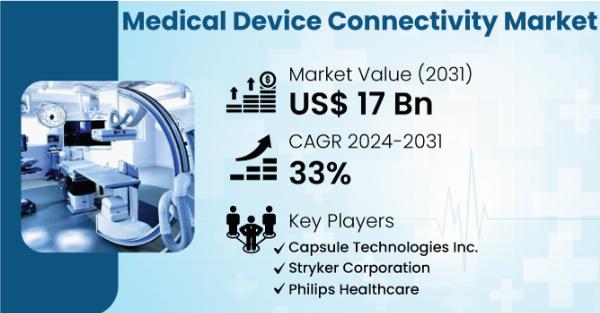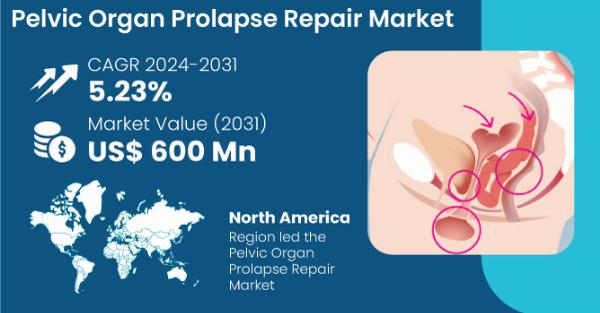Advanced Driver-Assistance Systems (ADAS): Driving the Future of Automotive Safety
Introduction
The automotive world is steering rapidly toward a future defined by autonomy, safety, and intelligent mobility. At the heart of this transformation lies Advanced Driver-Assistance Systems (ADAS)—a suite of electronic technologies designed to assist drivers in making safer decisions and reducing the risk of accidents.
From blind-spot monitoring to automatic emergency braking, ADAS represents a significant milestone in the evolution of vehicles—from mechanical machines to smart mobility platforms. As we progress toward full vehicle autonomy, ADAS acts as the critical bridge, enabling a step-by-step transition.
This guest post delves into the fundamentals of ADAS, exploring its features, technologies, market dynamics, and the road ahead.
What is ADAS?
ADAS, or Advanced Driver-Assistance Systems, refers to electronic systems in a vehicle that use advanced technologies to assist the driver. These systems can enhance driving safety, improve traffic efficiency, and minimize human error.
ADAS operates through a combination of:
Sensors (radar, ultrasonic, LiDAR, cameras)
Software algorithms
Control units
Real-time data analysis
These components work in tandem to observe the vehicle's surroundings, interpret data, and assist the driver with tasks like maintaining speed, staying in the lane, parking, and preventing collisions.
Why ADAS Matters
The importance of ADAS can be underscored by global road safety statistics:
Over 1.3 million deaths occur each year due to road traffic accidents (WHO).
90% of road accidents are caused by human error.
ADAS features can reduce accident severity and frequency, improving overall road safety.
Moreover, regulatory bodies worldwide are pushing for stricter safety standards—making many ADAS features mandatory in new vehicles.
Core Technologies Powering ADAS
1. Sensors and Detection Systems
• Radar
Radar sensors detect the speed and distance of objects. Common in adaptive cruise control and blind-spot detection systems.
• Ultrasonic Sensors
Used for short-range detection—particularly useful in parking assistance and obstacle avoidance.
• Cameras
Cameras provide a 360-degree view, enabling features like lane departure warning, pedestrian detection, and traffic sign recognition.
• LiDAR (Light Detection and Ranging)
LiDAR maps the vehicle’s surroundings in 3D, allowing high-precision object detection. LiDAR adoption is growing in premium vehicles.
2. Artificial Intelligence and Machine Learning
AI processes sensor data in real-time, helping the vehicle:
Recognize road signs
Predict pedestrian movement
Interpret traffic patterns
Make split-second decisions
Machine learning improves these algorithms over time, enabling more accurate and adaptive responses.
3. Electronic Control Units (ECUs)
ECUs are onboard computers that receive and process data from sensors, enabling real-time decision-making. Modern cars can have up to 100 ECUs, with ADAS systems often relying on a centralized unit.
4. Vehicle-to-Everything (V2X) Communication
V2X enables vehicles to communicate with other cars, infrastructure, and pedestrians. This supports predictive driving, improving awareness beyond the driver's line of sight.
Key Features and Functions of ADAS
1. Adaptive Cruise Control (ACC)
Maintains a safe distance from the vehicle ahead by automatically adjusting speed.
2. Lane Departure Warning (LDW) & Lane Keeping Assist (LKA)
LDW alerts the driver when drifting out of the lane, while LKA actively steers the vehicle back into its lane.
3. Blind Spot Detection (BSD)
Warns the driver when a vehicle is in the blind spot area during lane changes.
4. Automatic Emergency Braking (AEB)
Detects imminent collisions and applies brakes automatically if the driver doesn’t respond.
5. Traffic Sign Recognition (TSR)
Identifies road signs and displays them on the dashboard or HUD.
6. Parking Assistance
Utilizes ultrasonic sensors and cameras to guide or automate parallel and perpendicular parking.
7. Driver Monitoring Systems (DMS)
Monitors driver behavior for signs of fatigue or distraction, issuing alerts or taking corrective actions.
8. Pedestrian and Cyclist Detection
AI-powered cameras identify vulnerable road users, warning the driver or applying brakes automatically.
9. Night Vision
Infrared sensors detect objects beyond the reach of headlights, improving visibility in dark or foggy conditions.
ADAS Levels: From Assistance to Autonomy
The SAE (Society of Automotive Engineers) defines six levels of driving automation:
SAE Level
Description
Example Technology
Level 0
No Automation
Basic cruise control
Level 1
Driver Assistance
Lane keep assist, adaptive cruise
Level 2
Partial Automation
Tesla Autopilot, GM Super Cruise
Level 3
Conditional Automation
Limited self-driving in specific scenarios
Level 4
High Automation
Urban autonomous shuttles
Level 5
Full Automation
Fully driverless vehicles (future vision)
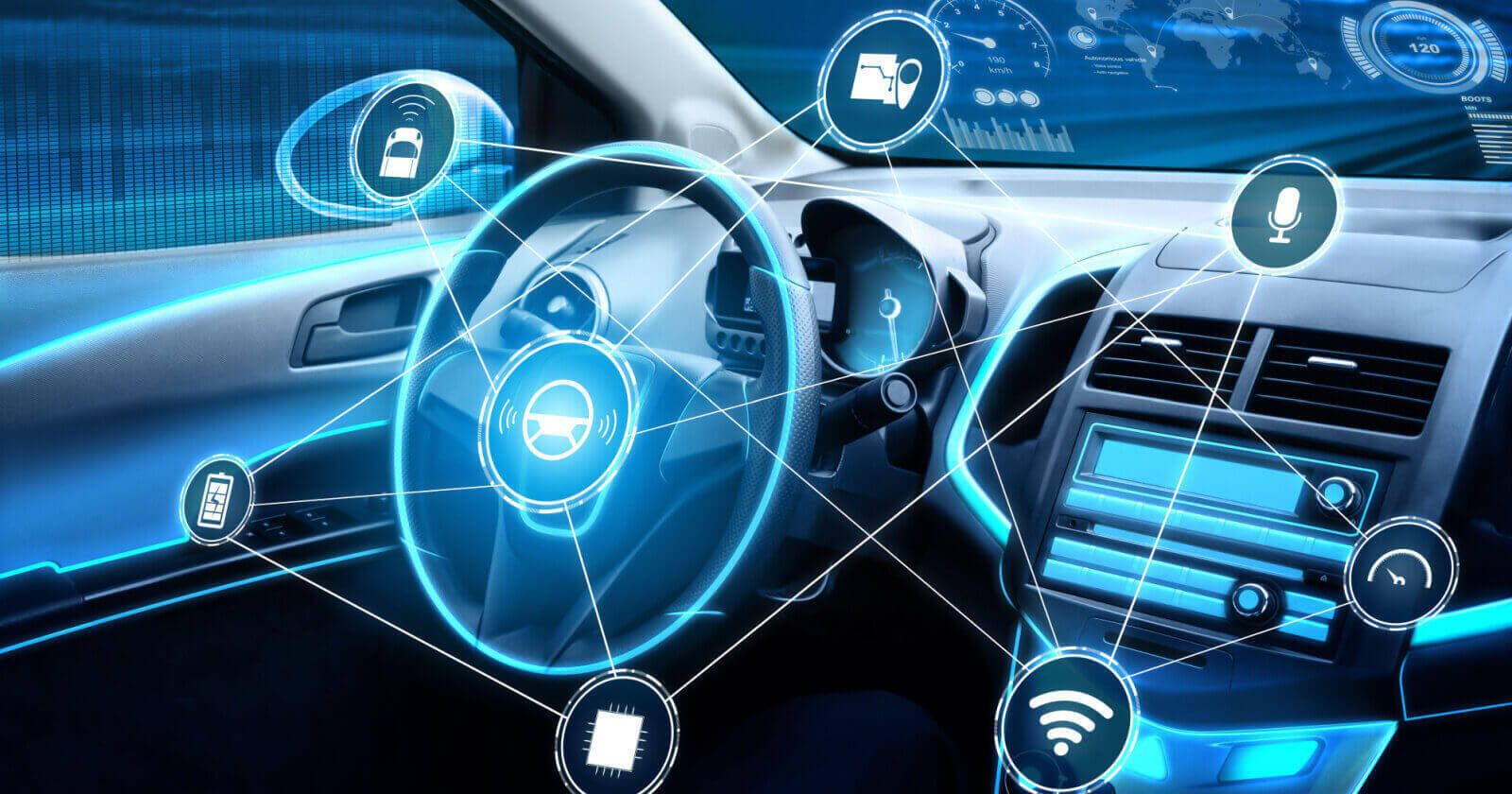


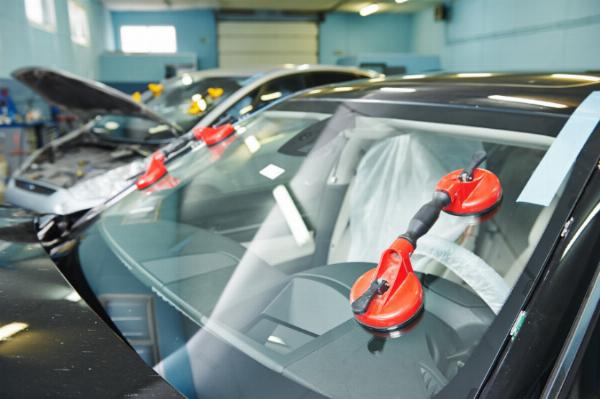
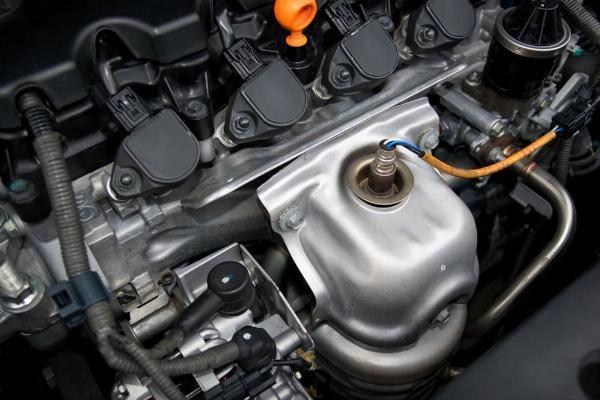

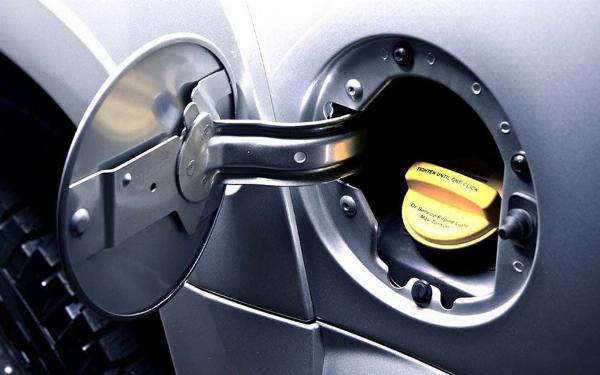

The implementation of Advanced Driver-Assistance Systems (ADAS) is not only reshaping automotive safety standards but also paving the way for an intelligent transportation future, enhancing driving convenience and eliminating potential accidents through cutting edge technology.
The integration of Advanced Driver-Assistance Systems (ADAS) into modern automobiles embodies the future vision for automotive safety, significantly enhancing驾 considering by leveraging advanced technology to preemptively address hazards on our roads.
Advanced Driver-Assistance Systems (ADAS) are poised to revolutionize automotive safety by orchestrating a seamless fusion of cutting edge technologies that enhance both the driver's experience and roadway security, ushering in an age where vehicles anticipate hazards before they become realities.
Advanced Driver-Assistance Systems (ADAS) are poised to revolutionize automotive safety, integrating cutting edge technology into our vehicles and driving the path towards safer future of travel.
The advent of Advanced Driver-Assistance Systems (ADAS) promises to revolutionize automotive safety, transforming the way we approach driving by utilizing advanced technologies and algorithms that anticipate hazards before they occur.
Advanced Driver-Assistance Systems (ADAS) are the key catalysts propelling us towards a safer and more autonomous automotive future, transforming driving experiences with cutting edge technology.
Advanced Driver-Assistance Systems (ADAS) demonstrate a revolutionary stride towards the future of automotive safety, integrating cutting edge technologies to prevent accidents and enhance road user's wellbeing.
Advanced Driver-Assistance Systems (ADAS) are paving the path towards a safer and more secure future of automotive transport, revolutionizing safety features through continuous innovation to enhance driving automation.
Advanced Driver-Assistance Systems (ADAS) represent the cutting edge of automotive innovation, poised to redefine safety on our roads by harnessing technology's potential for driving into a future full抢救of safer travel.
Adopting Advanced Driver-Assistance Systems (ADAS) is a crucial step towards establishing the future of automotive safety, fostering technology that proactively enhances onboard protection and passenger comfort.


